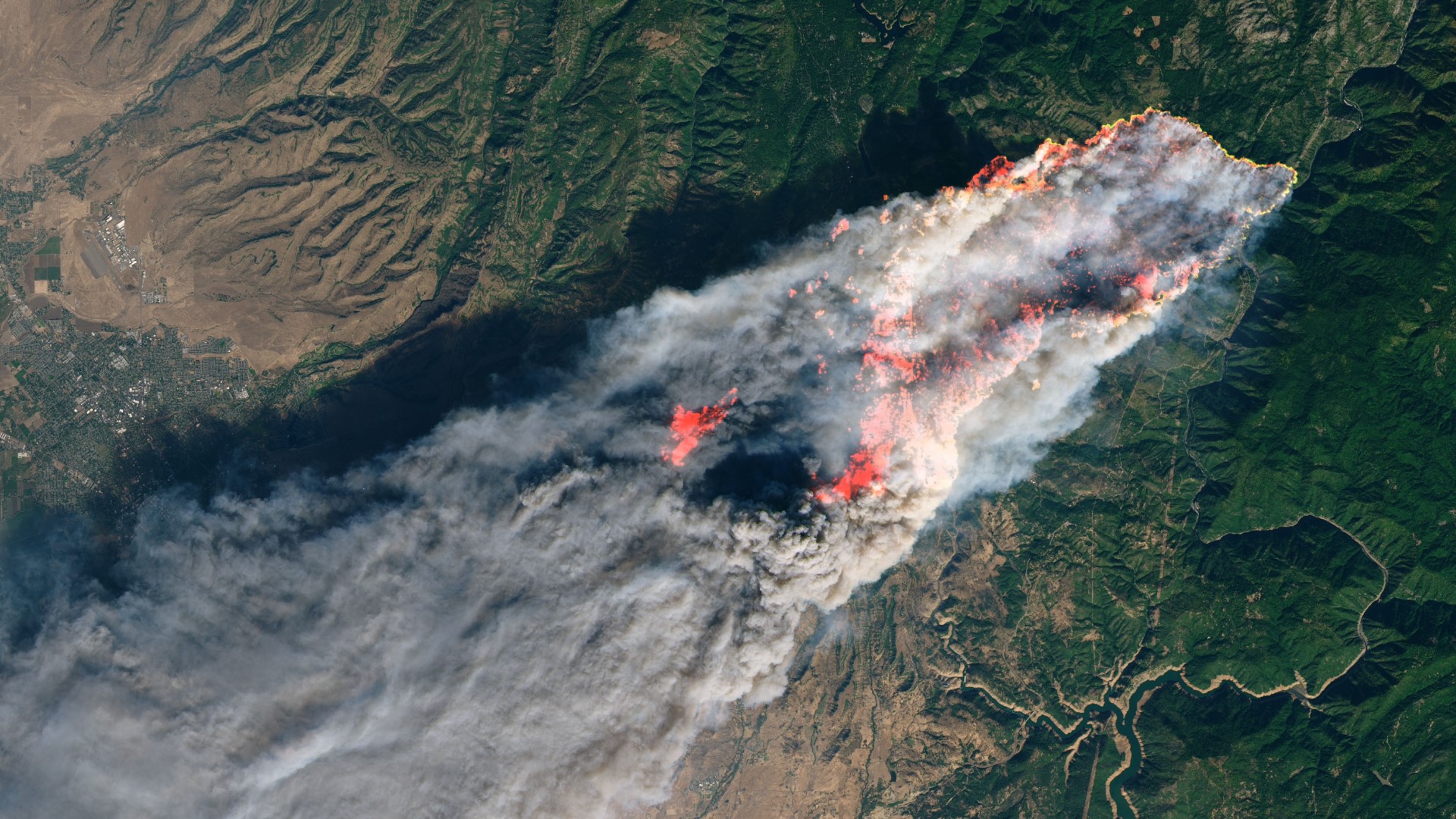RENO, Nev. — The Camp Fire in 2018 showed how a growing number of people living in Northern California are becoming familiar to the loss of life and property. Even with improving technology, fires are spreading so quickly that, sometimes, there is little time to warn people for evacuations or to fully understand the impacts of fire.
The Camp Fire moved Hamed Ebrahimian, an associate professor at the University of Nevada Reno with a background in computational modeling and civil engineering. He told himself that we could do better than we are now in a digital era and go beyond weather models and forecasts.
Ebrahimian wanted to get the science and the human component into the fire risk. This means looking at how fires might impact communities beyond just the economics and how will it impact the quality of peoples lives.
To work on this project, Ebrahimian and a team of engineers and scientists got a $2 million grant from the National Science Foundation. Their goal is to develop a more comprehensive package for understanding a specific location’s fire risk.
To do that, they will be using a combination of satellite and drone images, weather stations and people's stories of their experience during fires. Ebrahimian said risk would then take into account the characteristics of the community and all of the wild land factors that impact ignition and spread.
Ebrahimian and his team want to create the full fire scope, from before a fire begins to when it's happening and then after a fire has happened.
RELATED:
This information will be guided by weather and computer models and real-time data that will give a constantly updated profile of an area's fire risk. The simulations will then be able to guide wildfire managers and emergency responders on how a fire will behave. Utility companies will also be able to see the level of fire risk.
The researchers are working toward providing not only current fire risk, but long-term risk which would provide guidance months, and even seasons, ahead.
Guidance like that is becoming even more critical as a growing number of people move from cities into areas closer to places like the Sierra foothills with high fire potential. Additionally, climate simulations from Cal-Adapt show an increased risk of these areas seeing catastrophic fires in the next 20 to 50 years.
Knowing the fire risks and the contributing factors can help wildfire managers with actionable information on mitigation tactics for preventing large scale fire events.
Ebrahimian hopes that by adding in the human aspect of fire risk combined with computer modeling will achieve the ultimate goal of saving lives.
The project is currently funded for five years, so the team hopes to have a product available by then.
The team of researchers assembled by Ebrahimian includes:
- Adam Watts, associate research professor in fire ecology at the Desert Research Institute, will contribute his expertise in fire surveying and data collection using unmanned aerial systems;
- Branko Kosovic, director of the Weather Systems and Assessment Program at the Research Applications Laboratory of the National Center for Atmospheric Research, will lead the NCAR effort on assessing wildland fire risk assessment;
- Negar Elhami-Khorasani, assistant professor in the Department of Civil, Structural and Environmental Engineering at the University at Buffalo, will develop a data-driven urban fire spread model to evaluate risk of wildfire in wildland urban interface communities;
- Ertugrul Taciroglu, professor and chair of the civil and environmental engineering department at the UCLA Samueli School of Engineering, will lead the development of advanced tools that will make use of computer vision and machine-learning techniques to extract terrain and fuel characteristics from satellite and drone data;
- Amir Talaei-Khoei, associate professor in the College of Business, will extend the engineering approach of the team to a humanistic perspective. His main goal is to understand the underlying effects of wildfire on the quality of people’s lives, including their perception about their individual and social viabilities; and
- Neil Lareau, assistant professor in the Atmospheric Sciences program of the Department of Physics, will lead the effort to collect real-time data on wildfire plumes and fire progression using state-of-the-science scanning lidars and radars.
For more information, visit www.unr.edu.

